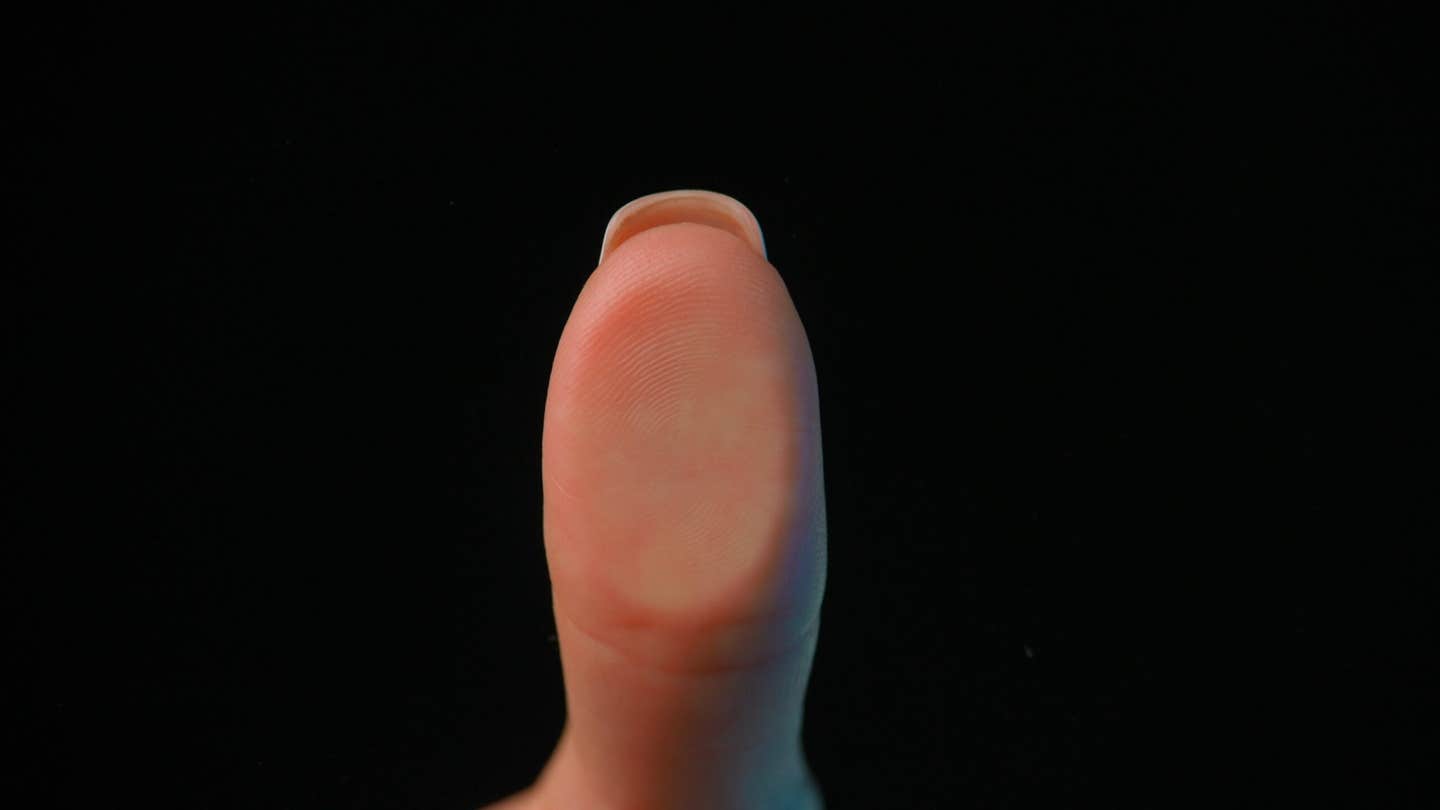Boosting protein and fiber consumption leads to real, lasting weight loss
After one year, results between groups differed sharply. About 41% of participants had lost nearly 13% of their body weight.

The study emphasizes the value of customizing diets to each person’s unique needs, helping participants develop weight-loss strategies they can maintain over time. (CREDIT: CC BY-SA 4.0)
People who lost the most weight over 25 months didn’t follow one strict plan. Instead, they boosted their protein and fiber intake and built flexible routines that fit their lives.
The findings, published in Obesity Science and Practice, show that diets work best when tailored to individual needs. This approach allowed participants to create long-lasting habits rather than relying on short-term fixes.
After one year, results between groups differed sharply. About 41% of participants had lost nearly 13% of their body weight. The rest, however, saw a drop of just over 2%. These figures come from the Individualized Diet Improvement Program, or iDip, which combines education and data tools to show how nutrients affect weight loss. The goal isn’t to restrict, but to teach people how to eat smarter.
Manabu T. Nakamura, who teaches nutrition at the University of Illinois Urbana-Champaign, led the study. He said the iDip model gives people freedom to try out different eating styles. “Flexibility and personalization are key in creating programs that optimize dieters’ success at losing weight and keeping it off,” Nakamura said.
He noted that each person’s path looks different, and real success comes from learning and adapting. “The iDip approach allows participants to experiment with various dietary iterations, and the knowledge and skills they develop while losing weight serve as the foundation for sustainable maintenance.”
The program revolves around three main goals: eat more protein, eat more fiber, and keep daily calories at or below 1,500. To help with this, researchers designed a unique visual tool. Built on guidelines from the Institutes of Medicine, the tool lets users see the protein and fiber density in their meals. This makes it easier to set and meet daily targets without needing to track every bite.
What makes iDip different is its focus on education, not restriction. Instead of telling people what to eat, it shows them how to make better choices on their own. That mix of guidance and freedom helped many participants build habits they could stick with, long after the study ended.
Related Stories
Participants used the foods they were already accustomed to eating as a foundation and worked to modify their meals by increasing their protein intake to approximately 80 grams per day and their fiber intake to about 20 grams daily. This shift helped participants make healthier choices while staying on a diet they could maintain.
As the study progressed, the research team monitored participants' weight and eating habits using Wi-Fi-enabled scales, discovering strong links between protein and fiber consumption and weight loss.
“The research strongly suggests that increasing protein and fiber intake while simultaneously reducing calories is required to optimize the safety and efficacy of weight loss diets,” said Mindy H. Lee, the study's first author and a registered dietitian-nutritionist with the iDip program. Lee emphasized that protein and fiber not only aid in weight loss but also help protect muscle mass, which is crucial during weight loss efforts.
Nakamura highlighted the importance of maintaining muscle mass while losing weight, particularly in the context of popular weight-loss drugs. “Recently, the popularity of injectable weight loss medications has been increasing,” he noted. “However, using these medications when food intake is strongly limited will cause serious side effects of muscle and bone loss unless protein intake is increased during weight loss.”
The study included 22 participants, ranging in age from 30 to 64, with nine men and 13 women. Most participants had previously attempted to lose weight multiple times and had various health issues, including high cholesterol (54%), skeletal problems (50%), and hypertension or sleep apnea (36%). Some participants also had diagnoses of diabetes, nonalcoholic fatty liver disease, cancer, or depression.
The study revealed that participants who had been diagnosed with depression lost significantly less weight than those without depression. On average, they lost only 2.4% of their starting weight, compared to 8.39% among those without depression.
Interestingly, the presence of other comorbidities, such as high cholesterol or skeletal issues, did not significantly affect participants’ weight loss. Additionally, the study found no major differences in weight loss between men and women or between older and younger participants.
Body composition analysis showed that participants were able to maintain their lean muscle mass while shedding fat. On average, they lost 7.1 kilograms of fat mass at the six-month mark, and 78% of the weight they lost consisted of fat.
Over time, participants reduced their fat mass from an average of 42.6 kilograms at the beginning of the program to 35.7 kilograms at the 15-month mark. Waist circumference also saw a significant reduction, with participants losing about 7 centimeters at six months and a total of 9 centimeters by the 15-month point.
One of the key findings of the study was the strong correlation between protein and fiber intake and weight loss success, particularly in the first three months.
Nakamura explained, “The strong correlation suggests that participants who were able to develop sustainable dietary changes within the first three months kept losing weight in the subsequent months, whereas those who had difficulty implementing sustainable dietary patterns early on rarely succeeded in changing their diet in the later months.”
The research team also hypothesized that early success in weight loss may have helped some participants maintain motivation and stick to their dietary plan. Those who lost weight in the initial months likely experienced increased confidence, encouraging them to continue following their personalized diet.
Overall, this study highlights the importance of creating individualized, flexible, and sustainable dietary plans that focus on increasing protein and fiber intake. By allowing participants to make small, personalized changes and experiment with their diets, programs like iDip can help individuals achieve long-term success in weight loss while maintaining their overall health.
Note: Materials provided above by The Brighter Side of News. Content may be edited for style and length.
Like these kind of feel good stories? Get The Brighter Side of News' newsletter.



